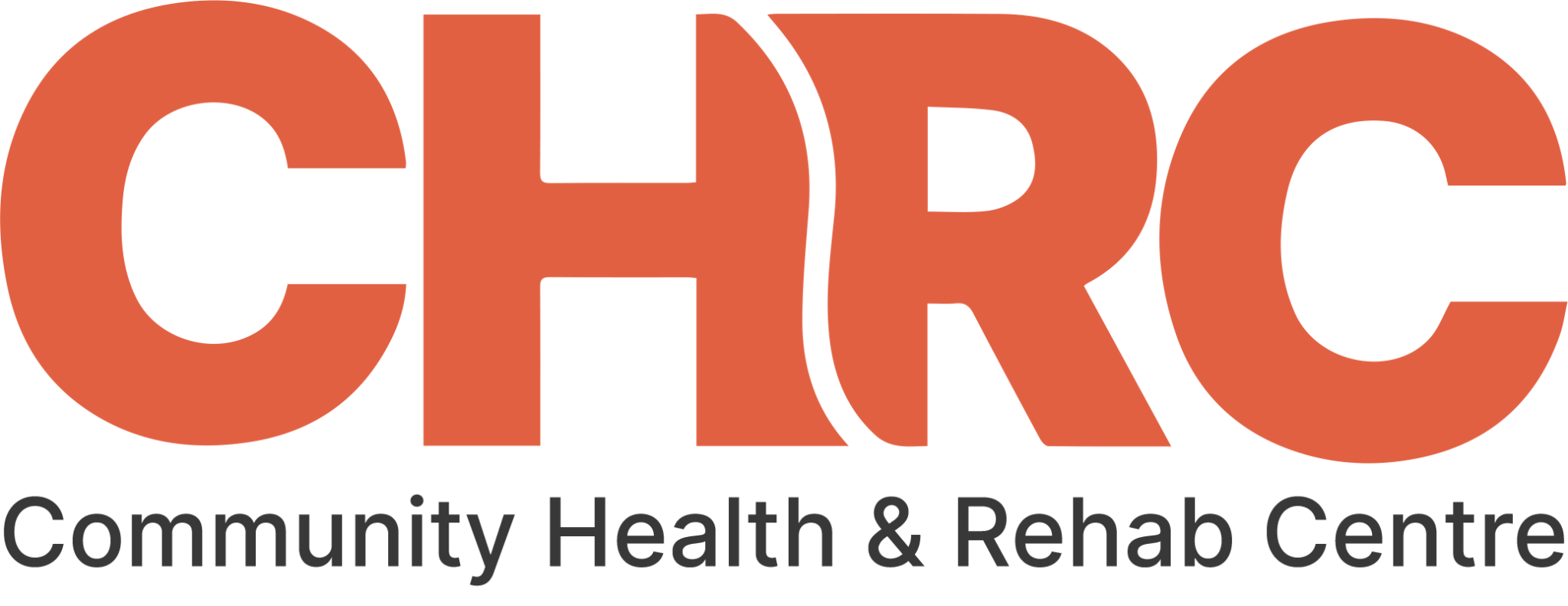Sciatica pain is a debilitating condition characterized by pain, numbness, and tingling that radiates along the sciatic nerve, which runs from the lower back down through the buttocks and legs.
It can be caused by various factors, such as herniated discs, spinal stenosis, or even muscle imbalances.
While conventional medical approaches often involve medication or surgery, chiropractic care offers a non-invasive and holistic alternative to alleviate sciatica pain, through a combination of spinal adjustments, exercises, and lifestyle modifications.
Before delving into how chiropractors address sciatica, it is important to have a basic understanding of the condition itself.
Sciatica is not a diagnosis in itself but rather a symptom of an underlying issue. It occurs when the sciatic nerve is compressed or irritated, leading to a range of uncomfortable and often debilitating sensations.
Common symptoms include sharp or shooting pain, numbness, tingling, and weakness in the affected leg. These symptoms can vary in intensity and duration, making it essential to seek professional help for proper diagnosis and treatment.
Sciatica Pain and Chiropractic Care
One way chiropractors alleviate sciatica pain is spinal adjustments, also known as spinal manipulations. This technique involves applying controlled force to specific vertebrae that may have shifted out of alignment.
Misalignments, or subluxations, can contribute to the compression of the sciatic nerve, exacerbating pain and discomfort. By restoring proper alignment, chiropractors help reduce the pressure on the nerve, alleviating sciatica symptoms.
Chiropractors use a variety of techniques to perform spinal adjustments, tailoring their approach to the individual needs of each patient. This may include hands-on adjustments, instrument-assisted techniques, or specialized tables that facilitate precise adjustments.
The goal is to realign the spine gently and effectively, relieving the underlying cause of sciatica.
Before administering any adjustments, a chiropractor will conduct a thorough assessment of the patient’s spine, posture, and overall musculoskeletal health.
This evaluation helps identify specific areas of misalignment or dysfunction that may be contributing to sciatica. By addressing the root cause, chiropractors can provide targeted and personalized care for each individual.
In addition to spinal adjustments, chiropractors incorporate rehabilitation exercises as a crucial component of sciatica treatment. These exercises aim to strengthen the muscles surrounding the spine, pelvis, and legs, providing essential support and stability.
By targeting weakened or imbalanced muscle groups, chiropractors help alleviate stress on the sciatic nerve and promote long-term recovery.
A strong core is also fundamental to maintaining proper spinal alignment and reducing the risk of sciatica recurrence. Chiropractors prescribe exercises that engage the abdominal and lower back muscles, promoting stability and preventing excessive pressure on the lumbar spine.
Improving flexibility and range of motion is vital for preventing muscle imbalances and reducing tension in the lower back and hips. Chiropractors may incorporate stretches and mobility exercises to enhance overall musculoskeletal function.
Educating patients about proper ergonomics and posture is crucial for preventing future episodes of sciatica.
Chiropractors offer guidance on how to maintain neutral spine alignment during daily activities, whether sitting at a desk, lifting objects, or engaging in physical exercise.
Chiropractic care extends beyond the confines of the clinic, as chiropractors empower patients to make positive lifestyle changes that support their sciatica recovery.
Nutrition plays a significant role in overall health and well-being, including musculoskeletal health. Chiropractors may provide dietary recommendations that support inflammation reduction and tissue healing, contributing to a faster recovery from sciatica.
Chiropractic care offers a comprehensive and holistic approach to alleviating sciatica pain. Through targeted spinal adjustments, rehabilitation exercises, and lifestyle modifications, chiropractors address the root causes of sciatica, providing patients with effective and non-invasive relief.
By empowering individuals to take an active role in their recovery, chiropractors promote long-term musculoskeletal health and enhance overall quality of life for those suffering from sciatica.
With its patient-centered approach, chiropractic care stands as a valuable alternative in the treatment of sciatica pain.

